National treasures are being damaged for "frivolous" reasons.
Over the years, experts and heritage lovers have witnessed many national treasures and cultural heritages suffering serious consequences from human impacts as well as from unexpected incidents that occurred objectively.
There are many national heritages and treasures that have suffered such incidents. In April 2014, the Sung Thien Dien Linh stone stele, a national treasure at Long Doi Son Pagoda ( Ha Nam ), was scratched and sanded right before the local national treasure announcement ceremony.
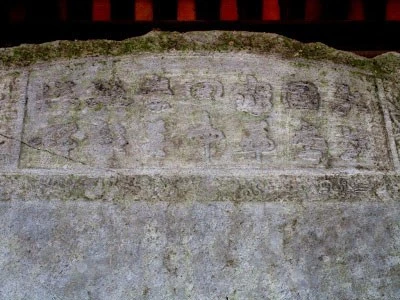 |
The stone stele of Sung Thien Dien Linh was scratched. (Photo: TRONG DUONG) |
The Department of Culture and Information of Duy Tien district, to clean the stele thoroughly in time to receive the title of national treasure, hired a group of masons, using grinding stones, sandpaper, iron brushes, iron shavings... to scrub and polish it thoroughly.
As a result, the two lines of text on the stele's forehead, written by King Ly Nhan Tong himself in the white calligraphy style, were scratched and worn away, and the words inside the stele and the patterns were also scratched off.
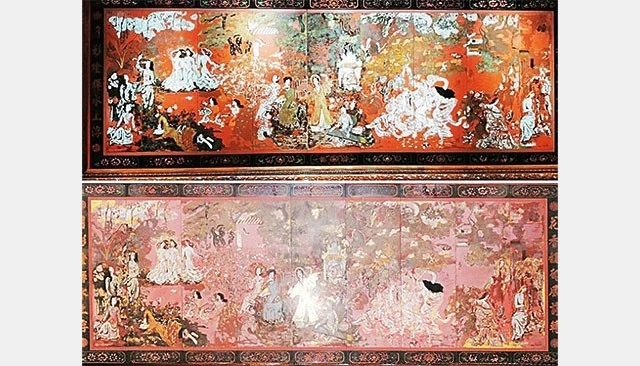 |
National treasure, the painting "Spring Garden of Central, South and North" by famous painter Nguyen Gia Tri before and after being damaged. |
Also for the reason of “cleaning”, the painting “Spring Garden of Central, South and North” by famous painter Nguyen Gia Tri kept at the Ho Chi Minh City Museum of Fine Arts was rubbed off the surface paint layer of the painting by an ignorant lacquer worker using dishwashing liquid, flour and sandpaper, losing the delicate connection between the red patches, eggshell patches and gold-plated patches of Nguyen Gia Tri lacquer art.
This incident shocked public opinion in 2019, leaving serious consequences for the country's fine arts, especially when the painting could not be restored to 100% of its original state.
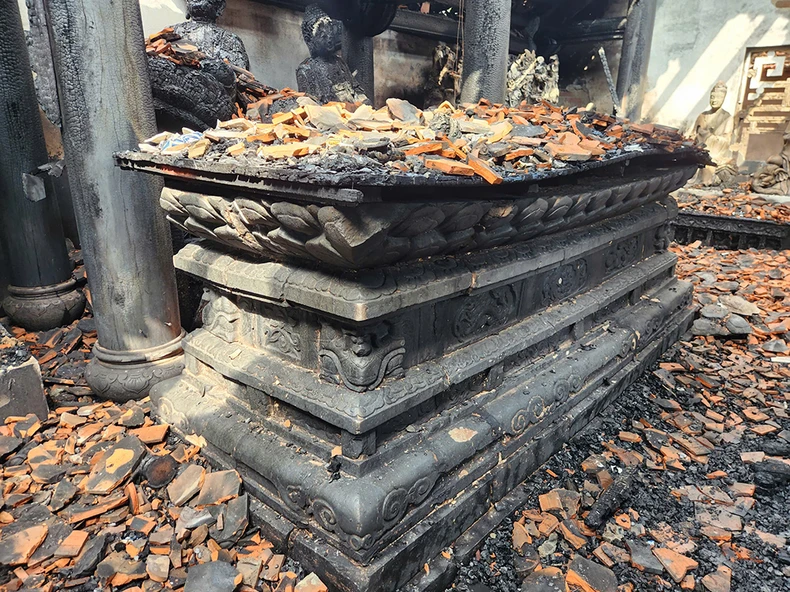 |
Stone altar of Pho Quang pagoda after the fire. (Photo: Department of Cultural Heritage) |
Most recently, in 2024, Xuan Lung Pagoda (Pho Quang Pagoda, Xuan Lung Commune, Lam Thao District), an ancient pagoda dating back 800 years, caught fire. The fire burned down the Tam Bao house and the Thuong Cung of the main pagoda, which housed many ancient statues dating back hundreds of years.
According to statistics from the Department of Cultural Heritage, the system of 27 ancient Buddha statues was burned. The most painful thing was the lotus stone pedestal where Buddha was worshiped, with broken petals. The fire is estimated to have caused about 25 billion VND in damage, but the damage to heritage is incalculable.
And just a few days ago, the incident of a man sneaking in from behind the Thai Hoa Palace, climbing onto the throne and breaking the throne arm, once again sounded the alarm about heritage protection. Perhaps, up to now, many places have only been passive in the work of preserving and promoting heritage values, in the style of "locking the barn door after the horse has fled".
Lack of initiative in heritage protection
The loss of heritage through the above incident shows that the biggest common point is the lack of initiative in the process of heritage conservation. In the two incidents of "cleaning" national treasures, there was a lack of proactive participation from experts, leaving the entire national treasures in the hands of ordinary workers, leaving them to decide on the most common method of conservation, as with any normal object or commodity.
In the temple fire incident, there was clearly a lack of initiative in fire prevention and fighting, which is necessary in any living facility, not to mention a place of worship with many flammable artifacts and materials.
After the fire, the Ministry of Culture, Sports and Tourism had to issue a document requesting the locality to promptly assess and conclude the cause of the fire to clarify responsibilities; strengthen the protection and preservation of other relics in the province, and propose solutions to protect, preserve, renovate and restore relics and artifacts at the pagoda.
 |
Subject Ho Van Phuong Tam showed abnormal behavior from the first time he entered Thai Hoa Palace. |
Regarding the Nguyen Dynasty Throne encroachment case, according to the report of the Department of Cultural Heritage, at the time of the incident, two security guards, Dang Quang Long and Dao Hoang Vu, were both present in the Thai Hoa Palace area. When entering the Thai Hoa Palace area, the subject who encroached on the Throne, Ho Van Phuong Tam, showed unusual behavior, and a security guard invited the subject to go to the back of the palace. However, the subject then returned, sneaked into the Nguyen Dynasty throne display area, shouted and then broke the front left armrest.
To prevent the subject from acting rashly and destroying other exhibits, security guards approached from a distance, reminded the subject to go outside, and called for additional support. At 12:10 p.m., Tam was subdued and reported to Dong Ba Ward Police.
Obviously, the subject had shown signs of abnormality before, but the lack of initiative led to subjectivity, allowing the subject to return again and serious consequences occurred.
These are specific lacks of initiative in each case, but looking broadly, it can be seen that the current work of preserving and protecting heritage has many loopholes.
In reality, at present, in many relic sites, the lack of human resources leads to a thin and insufficient security force. The awareness of the labor force participating in the work of preserving and protecting heritage, or working in areas with heritage that need protection, is uneven. In many places, even the security guards are elderly people, not properly trained, and not capable of handling incidents...
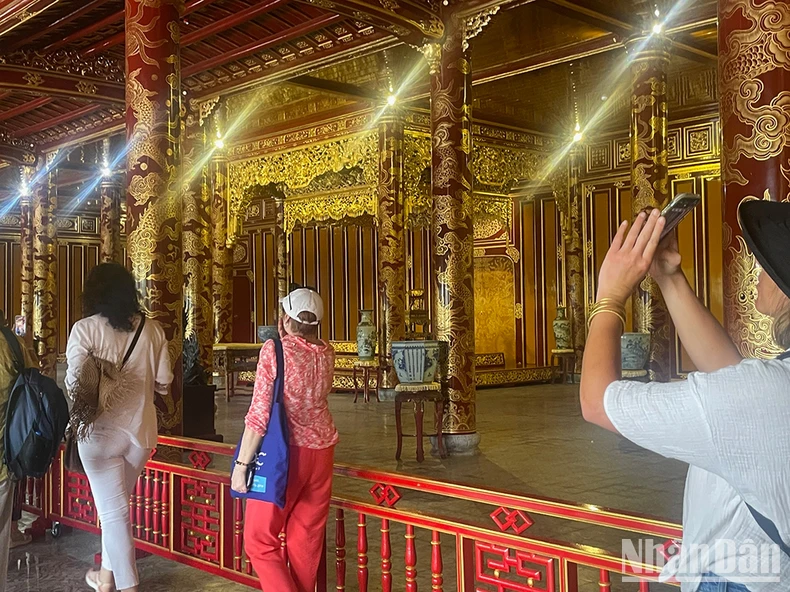 |
At Thai Hoa Palace, the artifacts are separated from visitors by a low fence. |
The problem of lack of technology and monitoring equipment is also quite common in many relics with heritage or national treasures. Many opinions say that for special artifacts with multi-faceted value such as national treasures, they need to be protected by a monitoring system with modern technology, even as carefully as in a bank. However, investing in such a modern monitoring and security system is not easy.
Heritage first and foremost belongs to the people, so the State's policy is always to allow people to enjoy the maximum value of heritage. Not to mention, some heritages and national treasures are closely linked to community life and religious rituals of the community, and cannot be separated and brought to another place for protection.
Therefore, in many places, heritage is kept and conserved in the community, promoting its value from within the community. If placed in a protected space, it is also close to visitors, not too secure with fences, glass frames, security cabinets, etc. But because of that, the risk of fire, explosion, damage, theft, etc. is very high.
It is time, in the work of preserving and promoting the value of heritage, to consider national treasures as objects of “more than special” value in order to have more special preservation processes. Placing heritage and national treasures at the center of protection work, to raise awareness and understanding of those working in heritage protection and conservation, applying high technology and techniques in heritage protection, putting responsibility first…, these are important factors contributing to better and more effective protection of heritage and national treasures.
The value of an artifact, once lost, cannot be recovered. Artifacts that are damaged or destroyed cannot be restored to 100% their original state. Do not let national treasures fall into the state of “if you have it, don’t keep it, if it’s lost, don’t look for it”.
Source: https://nhandan.vn/bao-ve-di-san-khong-the-cu-thu-dong-mai-post882738.html


![[Photo] Vice President Vo Thi Anh Xuan, French President Emmanuel Macron and his wife visit Hanoi University of Science and Technology](https://vphoto.vietnam.vn/thumb/1200x675/vietnam/resource/IMAGE/2025/5/27/267b6f2bdf3e46439f081b49f6ec26b1)


![[Photo] Hungarian President begins official visit to Vietnam](https://vphoto.vietnam.vn/thumb/1200x675/vietnam/resource/IMAGE/2025/5/27/ab75a654c6934572a4f1a566ac63ce82)






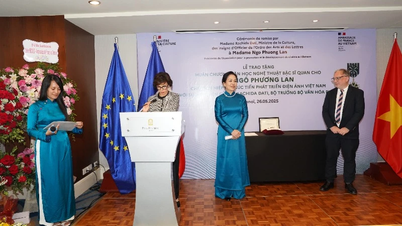


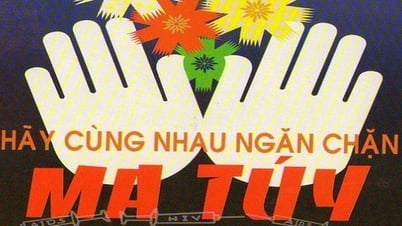






![[Photo] Hungarian President begins official visit to Vietnam](https://vphoto.vietnam.vn/thumb/402x226/vietnam/resource/IMAGE/2025/5/27/ab75a654c6934572a4f1a566ac63ce82)


![[Photo] Reluctantly at the closing ceremony, 9th grade students say goodbye to teachers and school](https://vphoto.vietnam.vn/thumb/402x226/vietnam/resource/IMAGE/2025/5/27/fb1101f6a51e4c079379a16a7b96d59c)


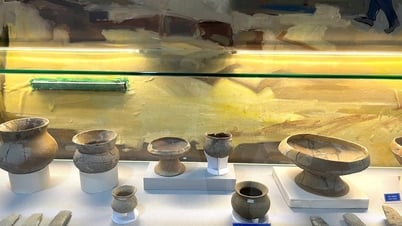



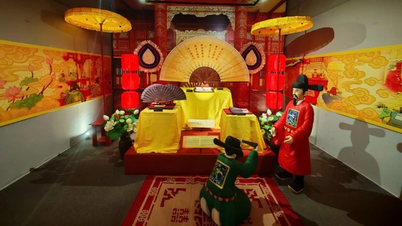
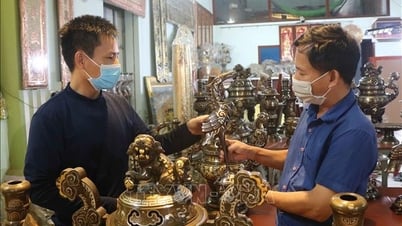
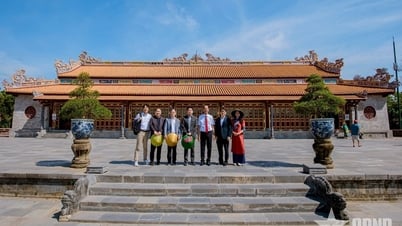





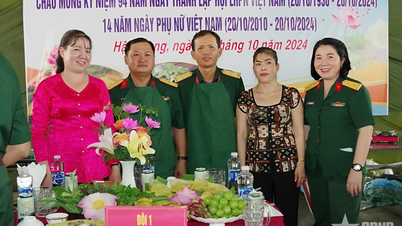










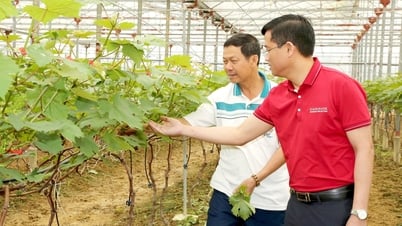


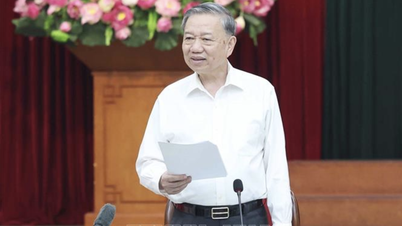
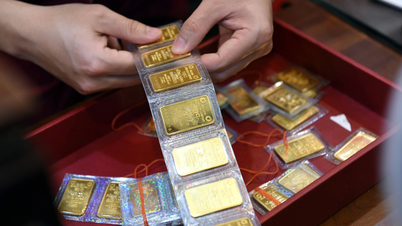









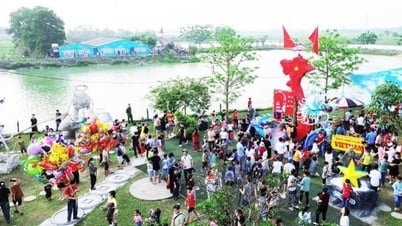


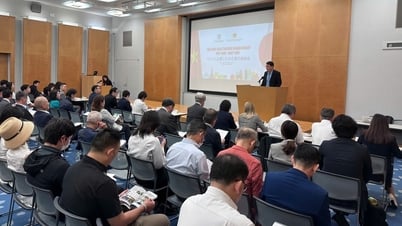
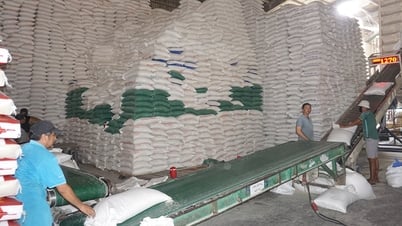


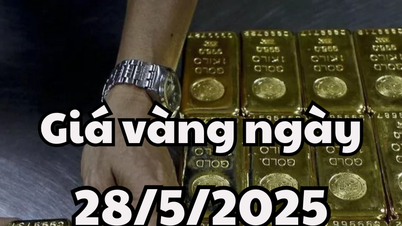

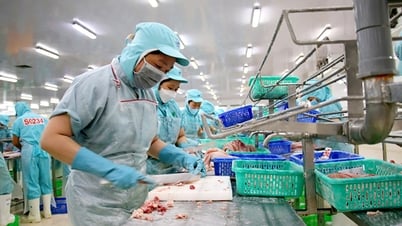
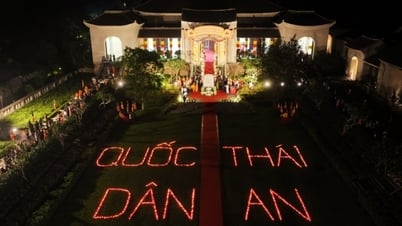



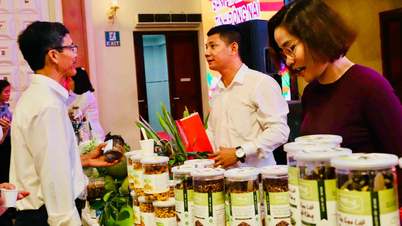







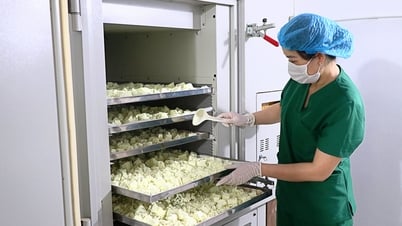

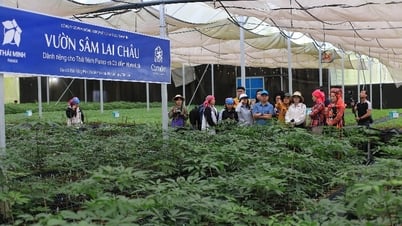

Comment (0)